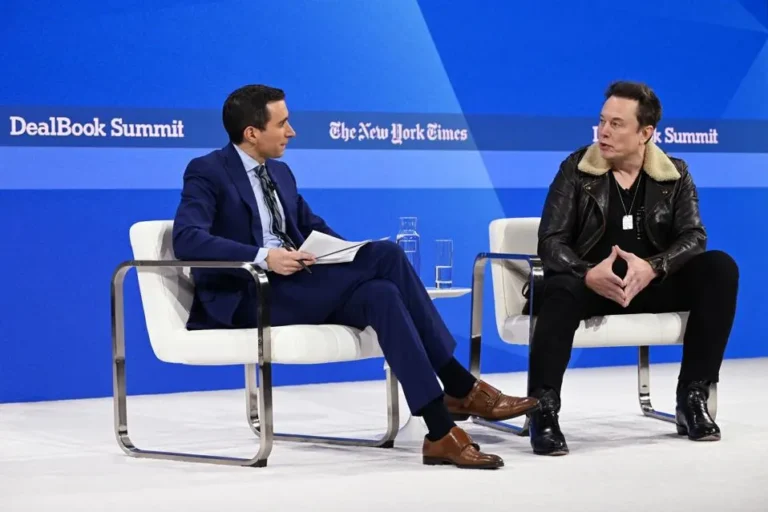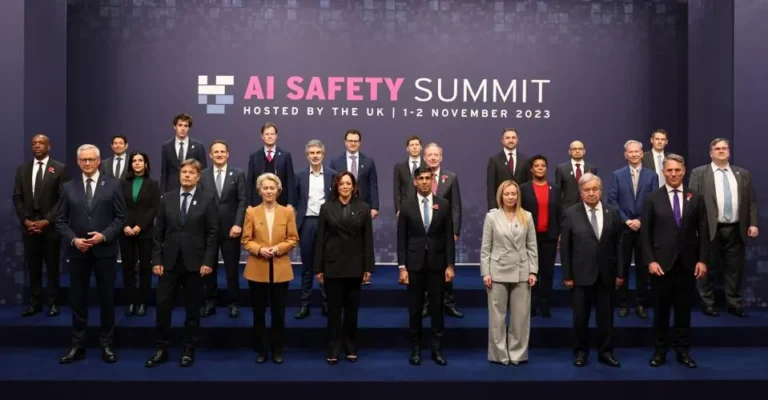Dean DeBiase is a best-selling author and Forbes Contributor reporting on how global leaders and CEOs are rebooting everything from growth, innovation, and technology to talent, culture, competitiveness, and governance across industries and societies.

Rebooting Tech Talent In The Race For AI

By Dean DeBiase
May 18th, 2023
As artificial intelligence (AI) continues to dominate headlines, business leaders stand at a crossroads: They must recruit and retain the cutting-edge talent required to accelerate the adoption of AI while managing through a perplexing smorgasbord of economic uncertainties that have led to unprecedented workforce reductions in the tech sector.
According to Layoffs.fyi, approximately 1,000 tech companies fired over 164,000 people in 2022 and 193,000 (so far) in 2023—with Accenture, Alphabet, Amazon, Meta and Microsoft each announcing over 10,000 layoffs at a time.
Whether your company is experiencing tech layoffs or talent shortages, believe it or not, attrition remains high for most employers, inflating in-house recruiting costs and blocking businesses from advancing long-planned digital transformation and IT initiatives.
What does this have to do with AI?
In this seemingly paradoxical market, beyond all the layoffs, CEO’s are struggling to balance today’s growing demand for AI skills with longer-term business growth needs. They are learning that it’s time to reboot their thinking around innovation strategies—starting with people. Smart leaders should be thinking about how to channel these disruptive dynamics into their talent strategies, just as they’ve been doing with technology strategies for several years.
I recently spoke with Jim Kavanaugh, co-founder and CEO of $17B technology solutions provider World Wide Technology (WWT), about what a dynamic talent strategy should look like in today’s race to AI. For him, that strategy comes down to two things: Scalability and Culture.
Talent Culture
“People should never be a numbers game,” he said. “In the face of rapid technology advancements and shifting economics, we’re seeing customers need the ability to insert the right talent in the right place at the right time to help them manage the bottom line while staying on pace with change.”
Kavanaugh likened the current talent landscape as a perfect storm, in which “the race for tech talent is intensifying and forcing businesses to find more agile talent strategies that help fend off complacency and allow them to evolve AI strategies at the rapid rate required to compete and succeed.”
One estimate predicts nearly 150 million new IT jobs are expected to be created over the next few years as organizations modernize IT infrastructure, shift the division of labor between humans and machines, and adopt a more automated, data-driven way of doing business.
People Platform Passion
Managers can learn a lot from hybrid-leaders who can authentically balance what I think are key organizational assets—people (the who), platform (the what), and passion (the why)—when building organizations, or just driving growth, innovation and change.
Kavanaugh’s perspective appears to be informed by his experiences as both a large enterprise using technology and as a market leader deploying and supporting it for global clients. Over the past 33 years, he grew WWT by helping enterprises accelerate digital transformation strategies through strategic IT consulting and execution services, in partnership with some of the world’s most advanced hardware and software providers. His hybrid-ness most likely came from his early-days, when he was an Olympic and professional soccer player, where he observed firsthand the power of perseverance, drive, and teamwork. He seems to still be applying those qualities building WWT’s award-winning workplace with people and partners that perform.
Cracking The Code
AI is all the rage in business and social circles—but there is more to it if you want to make a sustainably systemic impact on your business. The rub for AI is that it’s a technology that needs to be interoperable with a wide range of cloud, DevOps, automation, security and customer experience platforms to fully realize its potential in driving business outcomes. You can’t have one without the other.
“This means organizations need people with specialized, high-end technical skill sets, but they also need employees with a solid understanding of how those skills integrate with the company’s technology strategy to drive long-term business goals,” he explained.
Cracking this code means leaders need to examine their current talent base against specialty skills, like AI, and then determine whether the organization has the time, resources and drive to pursue training and upskilling as it works to fill urgent gaps.
Recruiting The AI Workforce
We are seeing early signs of AI’s uncertain impact in the recruiting of the next generation of engineers, developers and designers at top tech companies like Apple, Google, Microsoft, and Juniper. In a recent survey, Juniper found that despite growing dependence on AI, IT leaders do not see AI replacing humans, but rather allowing employees to save time and focus on more unique, nuanced tasks.
Juniper’s CEO, Rami Rahim, says, “AI is this new breed of learning – not learning through programming algorithms, it’s learning by looking at patterns in data and connecting it to our industry. AI is incredibly promising, it gives our customers the ability to collect data in real time. As an industry we are sitting on a goldmine of information that today is largely untapped.”
Smart engineers and developers are starting to immerse themselves in AI tools like CodeGPT, Bugasura, GitHub and Repli to augment their skills, while designers are experimenting with platforms like PiggyAI, Galileo and Viesus to not just upskill and stay relevant—but to become an accelerator of growth in their next gig.
Amazon, an early quiet mover in the space, when commenting on recruiting talent to develop chat interfaces using natural language AI systems stated, “We are significantly investing in generative AI across all of our businesses.” On the recruiting front, AI is already creeping into Amazon job postings, as they reboot their recruitment of engineers with skill sets to create “an interactive conversational experience” that may better communicate with shoppers in this transformational era of search.
Scaling An AI Culture
Culture is also a key piece of the puzzle, especially for high-end, in-demand talent with AI skills. In the talent race, attracting the right people at the right time is only half the solution. Keeping your people engaged and motivated is vital to ensuring your organization can innovate and adapt in the months, years, even decades ahead, and this means carefully evaluating your values and standards against the need for speed. Many leaders admit, economic pressures aside, that their need for speed led to over-hiring at most of the tech and other companies that are now laying off.
Considering top talent rarely stays on the market for longer than 10 days (even as the average IT/design job takes more than 50 days to fill), Kavanaugh urges leaders to look beyond traditional staffing agencies and high-profile consultants to close urgent talent gaps for new technologies such as AI. This is going to be tough for some leaders during the next upswing, especially as gig economy practices continue to drive hiring preferences by potential in demand employees.
“No time is ever without change, and you need to be on your toes,” he said. “Companies that weren’t around 10 years ago are now leading the charge, and you need a talent strategy that’s as flexible and agile as your technology strategy. Business won’t wait.”
And it’s because the pace of business won’t wait that strategic resourcing solutions require a much closer look. Strategically uniting your tech talent resourcing with those who know and understand your long and short-term IT vision can help position and pivot your organization as dictated by the evolutions of AI and your increasingly competitive business landscape.






